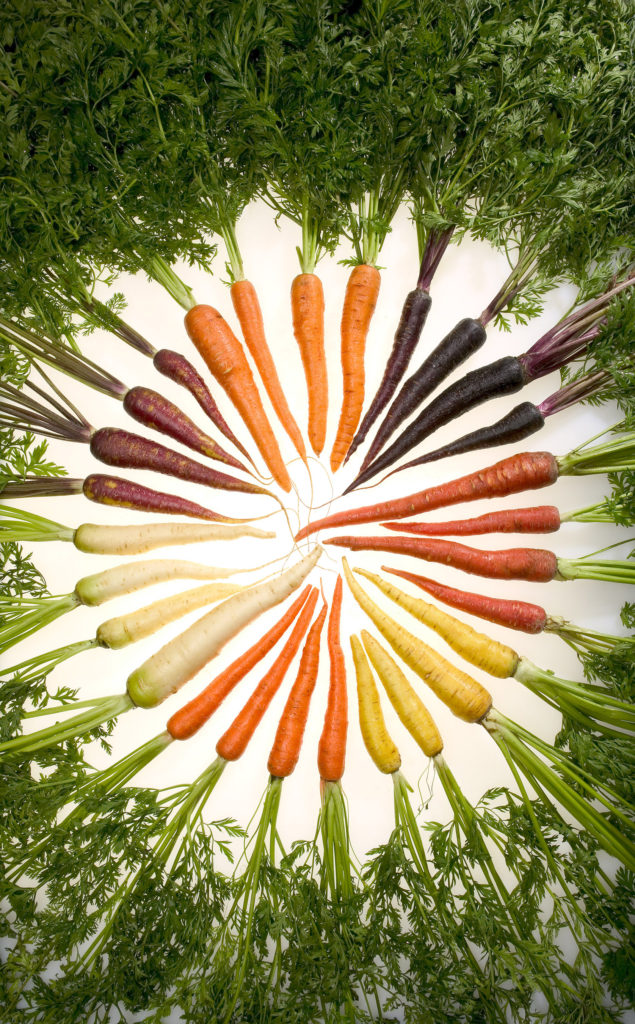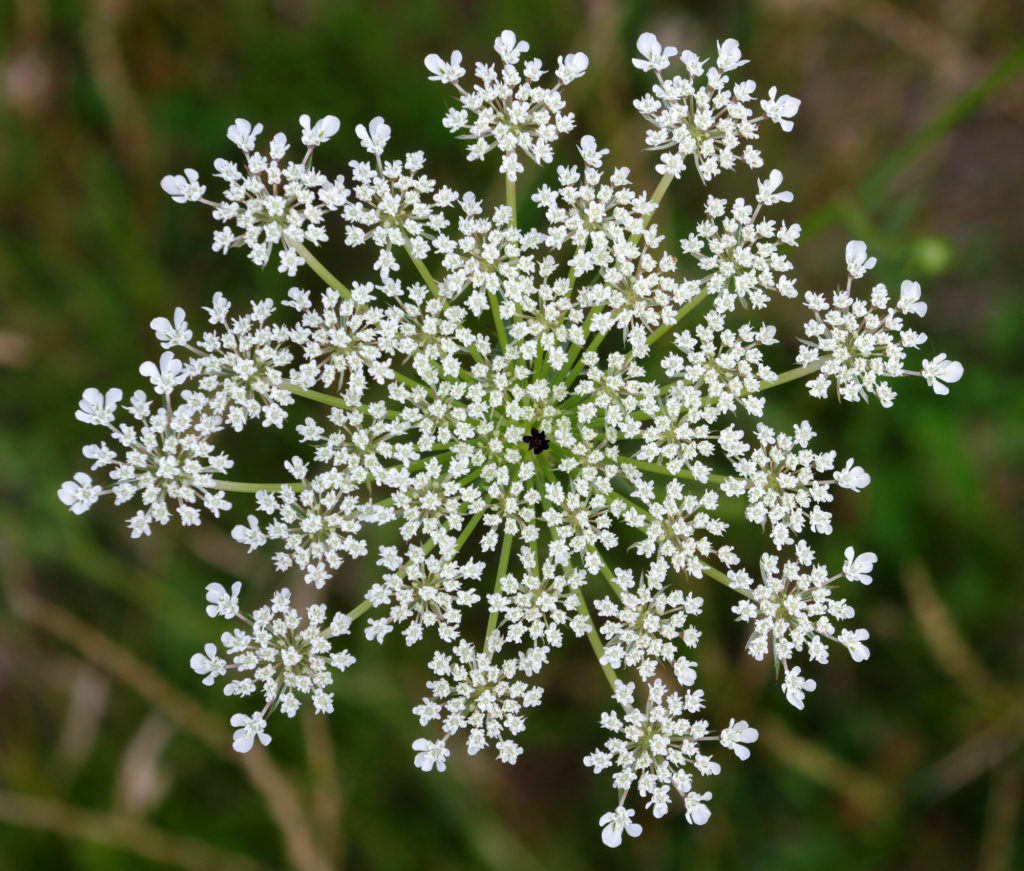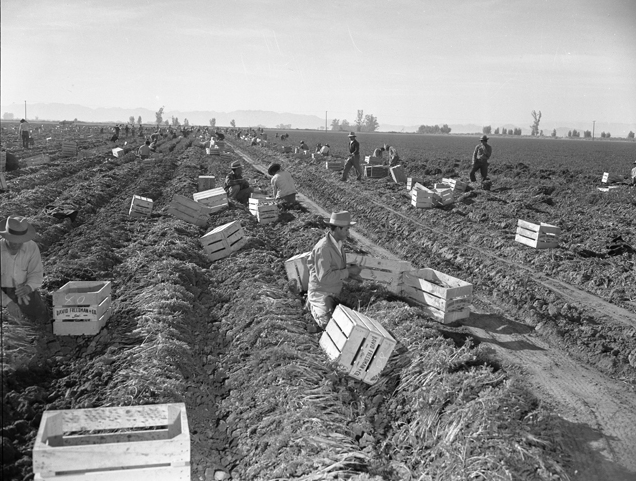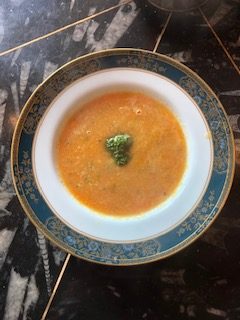A few weeks ago, I was happily munching on my carrot sticks, when I started to wonder how they got there. What was their journey from seed to my plate? This is not something that I normally do when eating, but I had been prompted by two rather different sources: one an article in the Waitrose magazine and the other, an excellent meditation book.
This unlikely duo had one thing in common: each wanted us to have a healthier and more grateful approach to our food. The Waitrose article was focusing on the effect of food waste and climate change and gave the rather chilling comment that, ‘If we stopped wasting food in UK homes for a single day, the environmental impact would be equivalent to 14,000 cars being removed from the road for an entire year.’ With approximately ‘a third of all food grown globally currently wasted,’ (Colin Butfield), we are looking at a staggering misuse of energy and resources.
The second prompt came from Gelong Thubten’s excellent A Monk’s Guide to Happiness, where he encouraged the reader to take some time to think about what they eat. Essentially, it was the basis for a gratitude meditation: gratitude not only for the food itself but for all those involved in its production.
Which is when I realised that if we combine the two, the outcome would be optimal. We would have a proper appreciation for what ends up on our table and as a consequence would be unlikely to waste it. A true win-win.

The life cycle of a carrot
I’ve learned a lot about carrots while researching this post and I’d like to share with you some of what I have learned. Firstly, carrots are biennial, meaning that their whole life cycle takes two years to complete. Once their seeds are planted, they take between 80 and 120 days to grow into the root vegetable that we love and this marks the end of the first cycle. If we leave them in the ground, however, they will grow beautiful umbels. Their flowers change sex during their development, so that the pollen is released before the stigma is ready for fertilization. Once the seeds are formed, they drop to the ground – ready to make new carrots. Miraculous!

Growing carrots
I confess to having shied away from growing carrots as they are notoriously awkward – requiring exactly the right soil and being prone to certain pests. Thankfully, the professionals have not been put off. But growing carrots, like all farming involves a great deal of effort. The soil must be prepared correctly as stones and obstacles will cause the carrots to split into unattractive shapes. Up to 30% of crops are often lost this way.
The soil must also be nourished with fertilizers and seedlings thinned to the correct distance to ensure optimal growth. Organic carrots will need even more intensive care, as they cannot rely on the artificial support of commercial fertilizers and pesticides.
And all the time they are growing, the soil will need to be kept clear of weeds to stop the plants from being choked or starved of nutrients and light. Anyone with their own little vegetable patch knows how much work this all is.
If all goes well, you will have a plentiful harvest. Picking by hand, as was done until fairly recently in the West and still in poorer parts of the world, is back-breaking labour.

Farm to table
Of course, that only gets the crop out of the ground. It still needs to be washed, sorted, packaged and distributed to a store near you. This sweet little video shows you the whole story and if, like me, you love these kinds of things, you will forgive the child-centred approach.
Mindful eating
I hope that I haven’t exhausted your patience with all this information about the journey of a carrot from seed to plate. But in a way, that is the point. When we are fully aware of all the effort put into our food, we will, I hope appreciate it. Mindful eating is all about savouring every mouthful and acknowledging and being thankful to the food itself and all those who have brought it to us.
While eating mindfully, we do not look at our phone, read or work. We honour the moment. Ideally, we will listen to our bodies and eat only what and when it is required and if possible, in the company of those we love. And if we are eating mindfully, we will also avoid foods that are bad for us. Both our physical and mental health will thank us for that. For a gentle introduction to mindful eating, you may like to read this article: https://www.mindful.org/6-ways-practice-mindful-eating/
Thanksgiving
This Thursday in the US, it is Thanksgiving. The festival was established as an act of gratitude for the native American Indians who, through teaching the early settlers about local food sources, saved them from starvation. It didn’t work out so well for the native Americans, but their kindness was exemplary.
We don’t celebrate Thanksgiving in the UK, but I would hope that we can establish every meal as an opportunity for the giving of thanks. This whole post has focused on the humble carrot – a small component of any meal – but if we can briefly recall that each and every item on our plate has had a similar investment, then perhaps we can express our gratitude by wasting not a single bit.

Image: Karen Costello-McFeat



